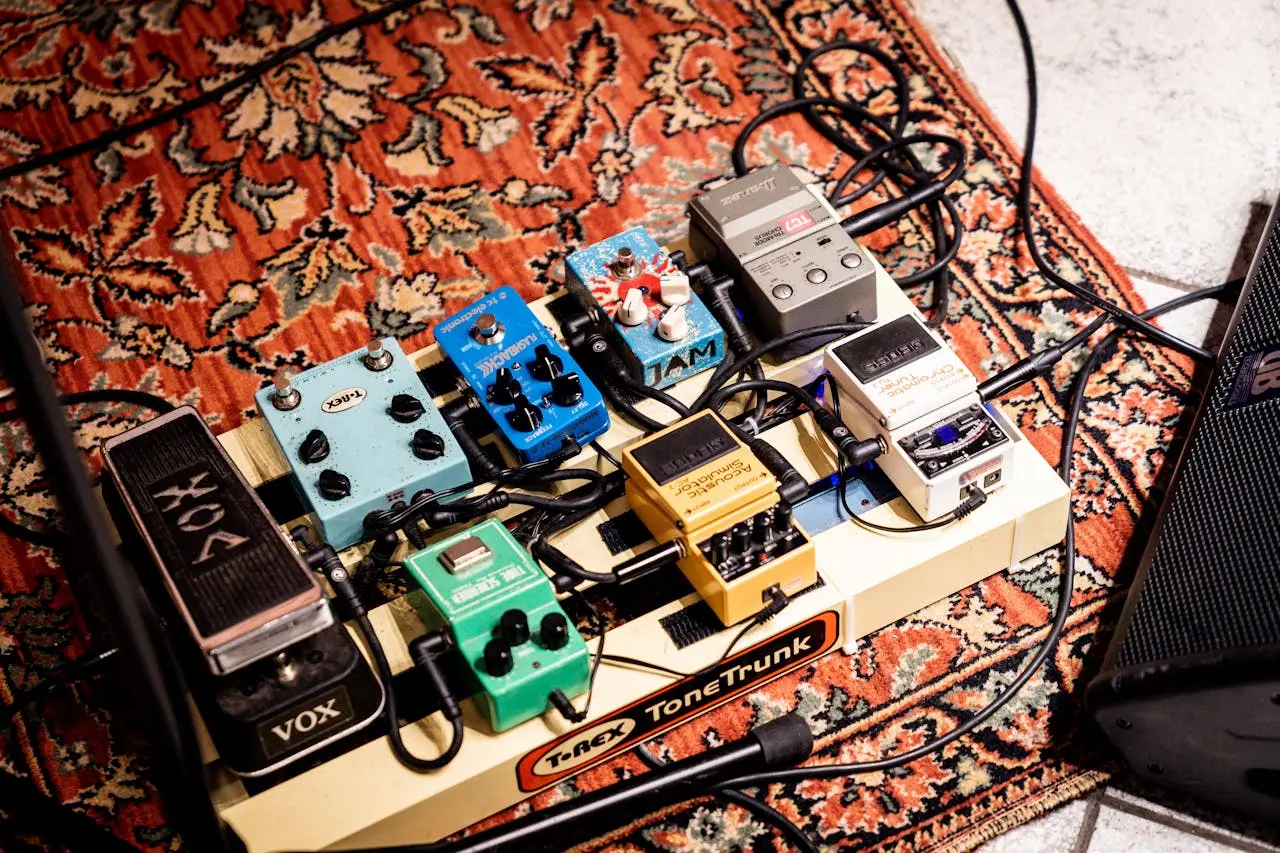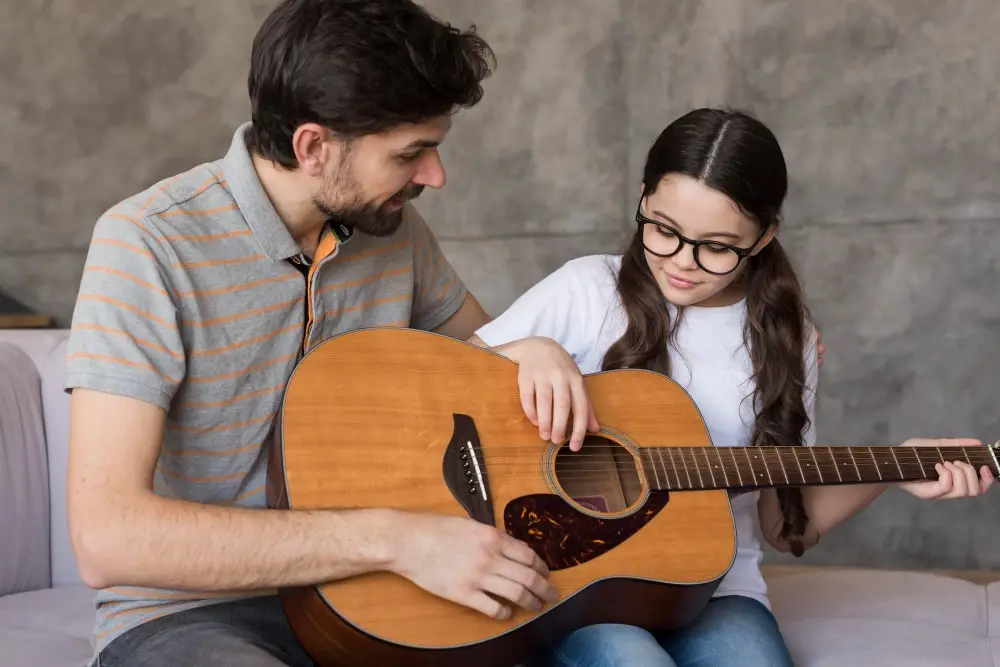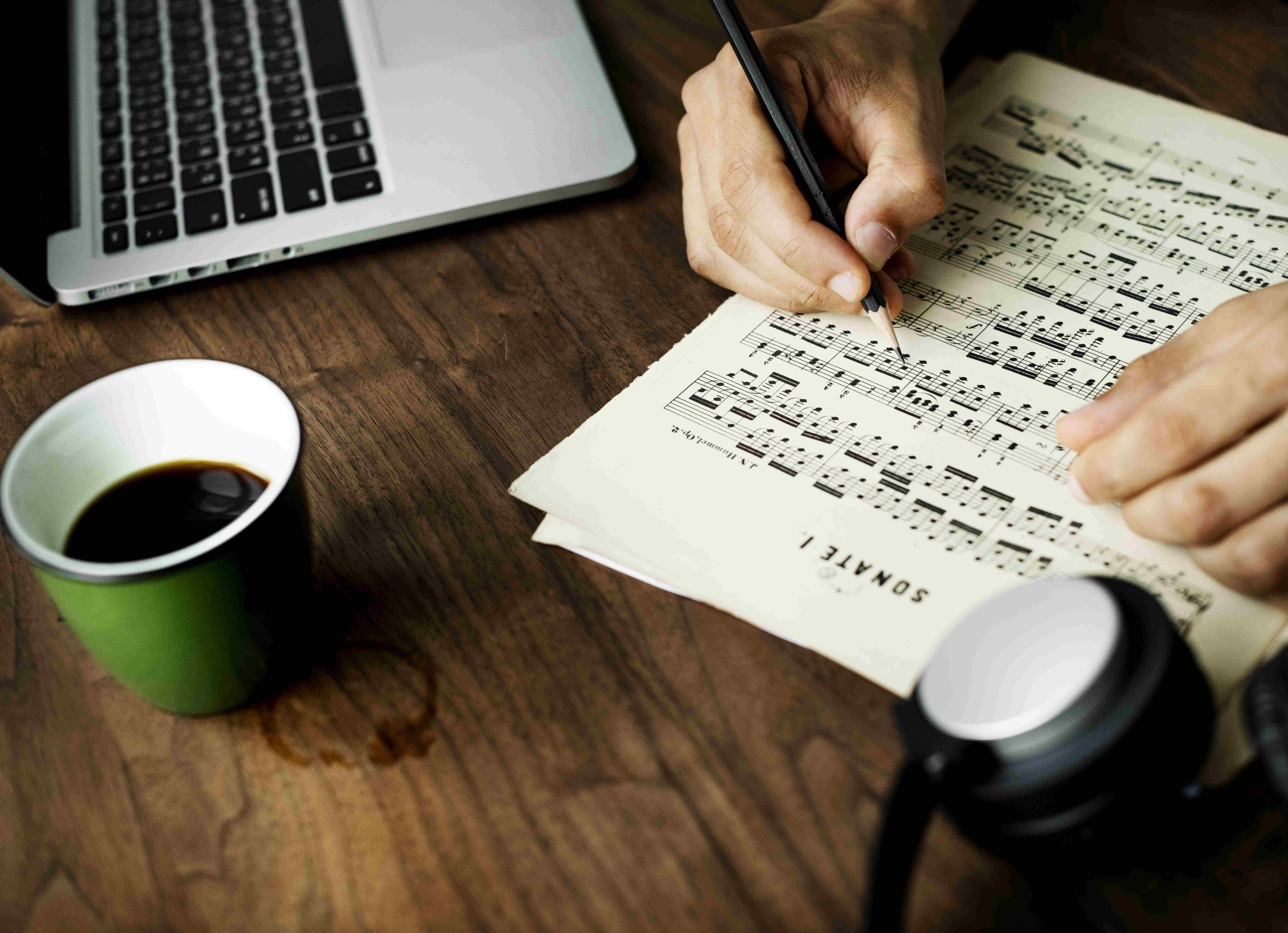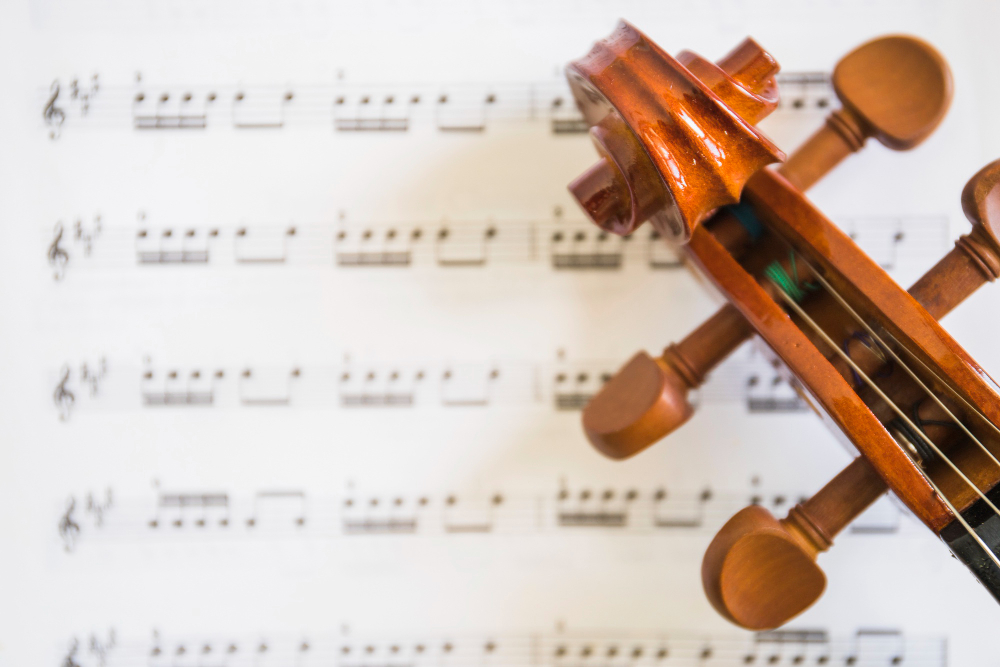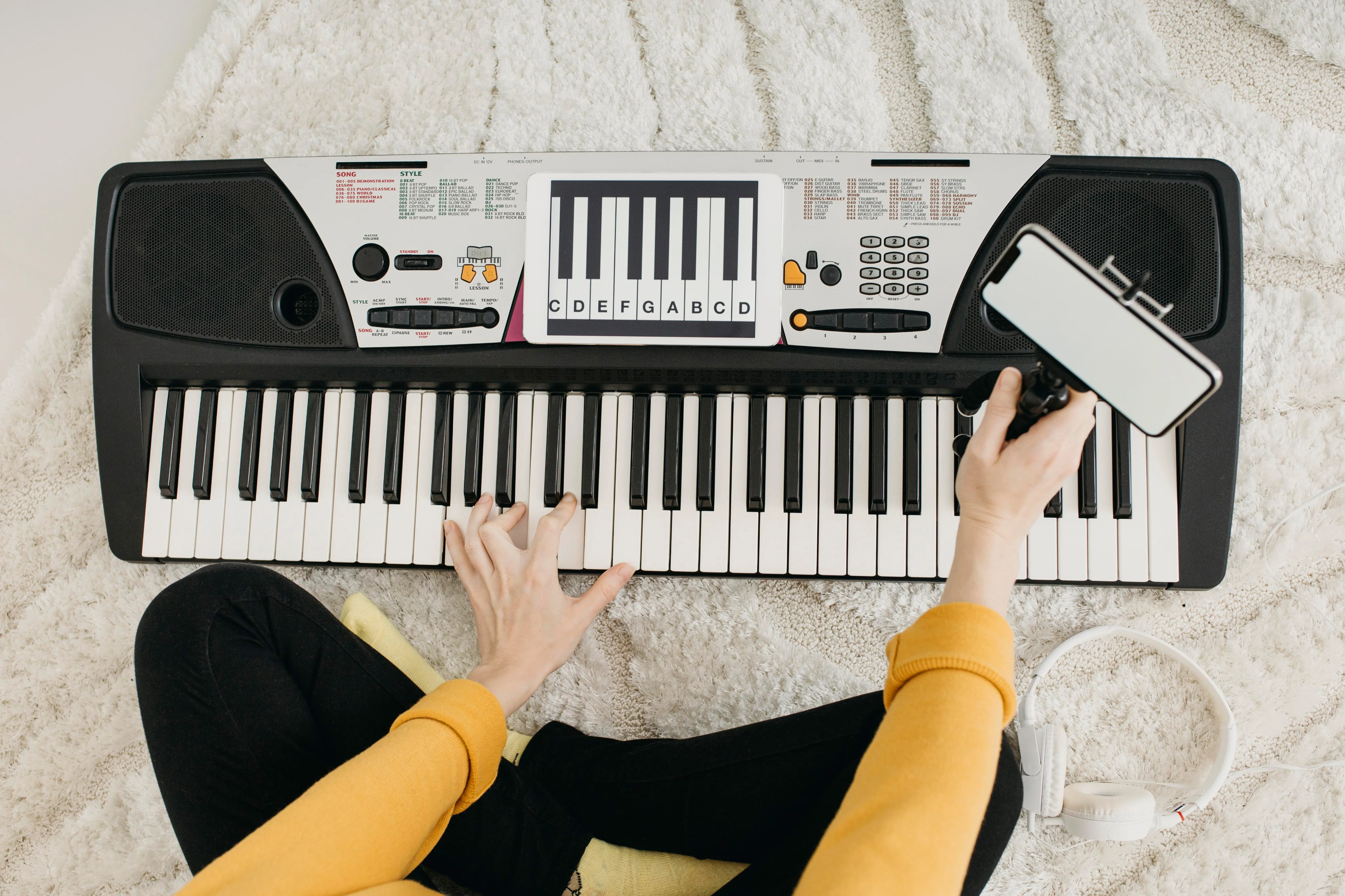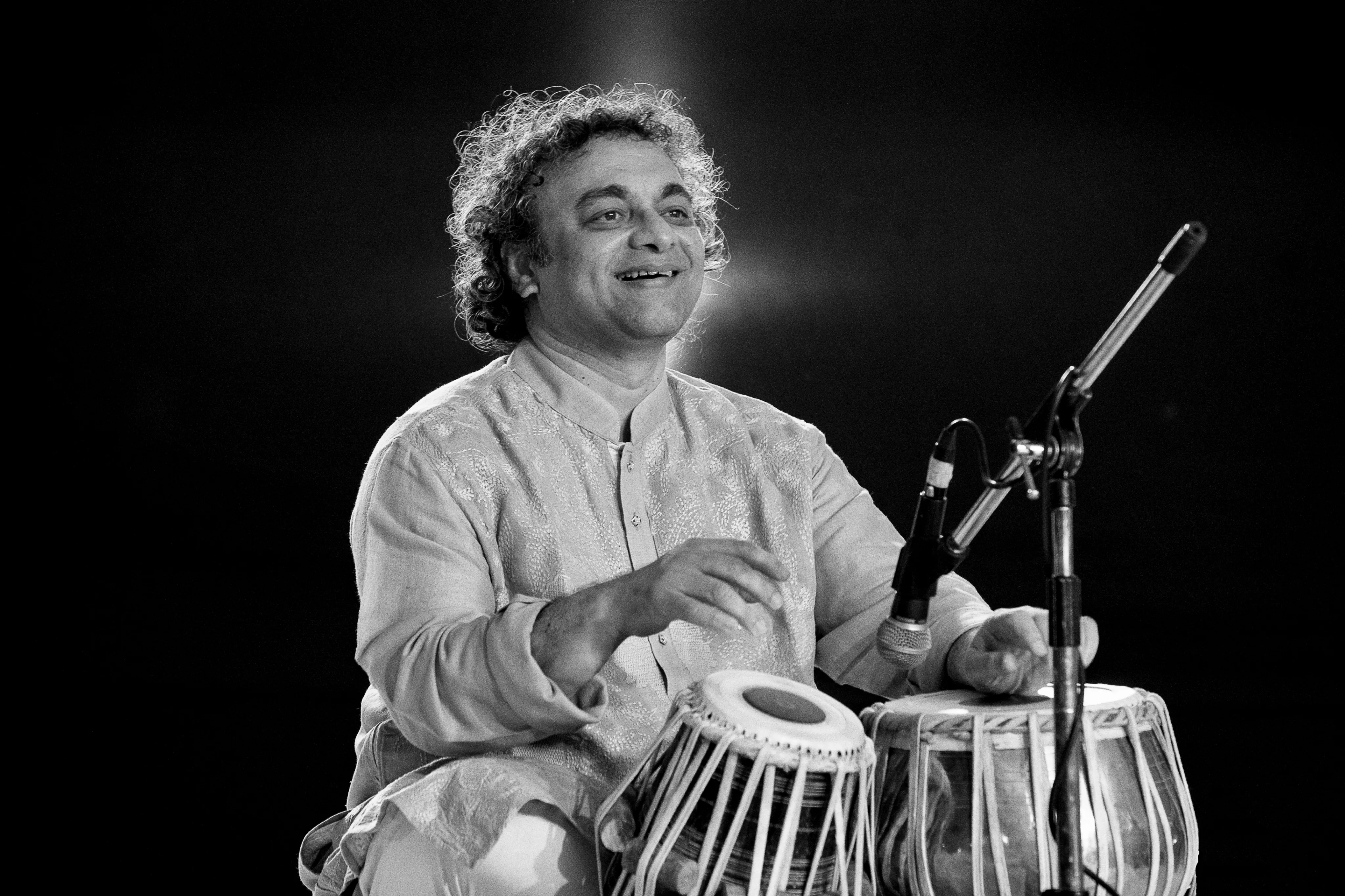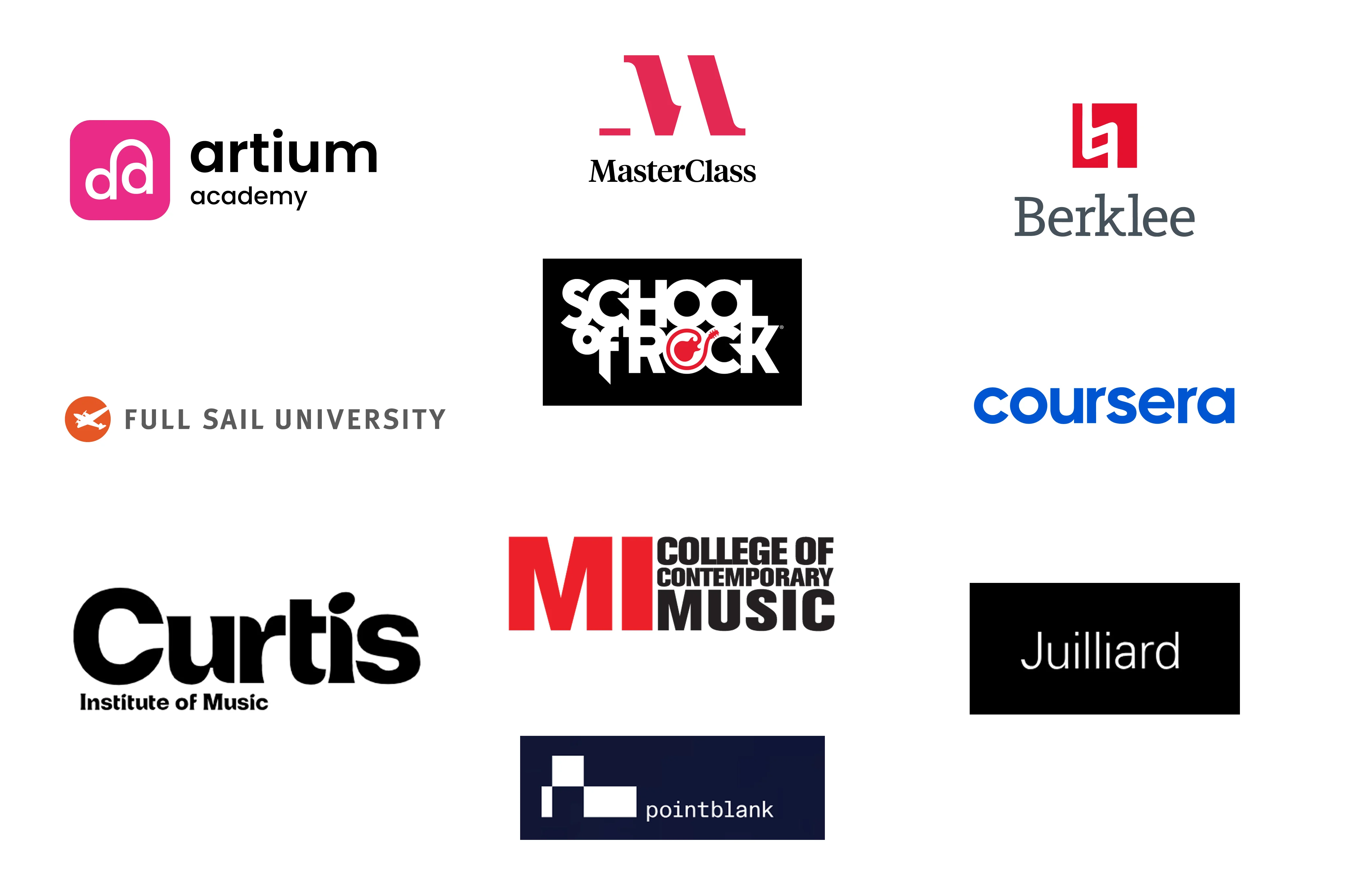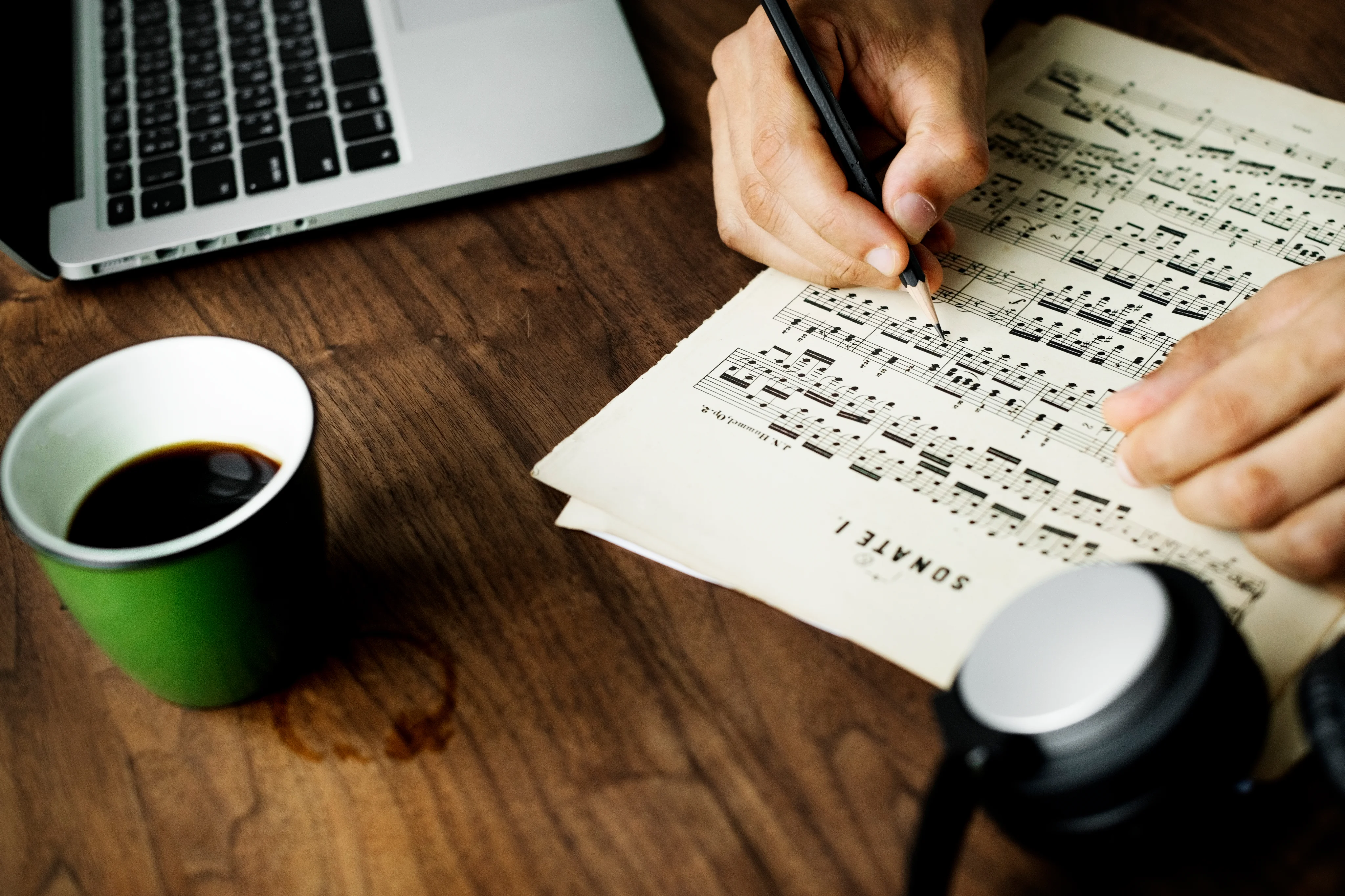Your first question is probably, “What are guitar effect pedals and do I even need them?” Well, how about this? Imagine a painter with a single colour. They would be limited with what they wish to create, right? But give that same artist an extremely vibrant new palette. The possibilities are endless. You can say the same for guitar pedals.
Offering a sonic playground where they can sculpt and shape the exact sound desired, guitar effect pedals can be considered a unique secret weapon. From a subtle shimmer to an explosive and powerful roar, these pedals–known as guitar processors, open a whole new universe of possibilities. Whether you’re a seasoned pro or just starting your guitar journey, understanding guitar effect pedals is crucial.
With the help of this blog, dive into the fascinating world of guitar effects, exploring the different categories and must-have pedals for every guitarist.
But before that…
If you’re really excited to start your journey in music, start with a free trial lesson today!
Categories of Guitar Effects Pedals
Guitar effect pedals can be categorised based on how they manipulate the sound of your guitar. To help you gain a better understanding, here are some of the most common effects pedals:
- Distortion/Overdrive Pedals: These pedals give a sound of grit, edge and support to your guitar’s tone. Distortion pedals create heavy, aggressive sounds, whereas overdrive pedals give a subtle, warm distortion.
- Delay Pedals: By creating echoes and repeating sounds, this type of pedal adds depth and dimension when you play. It is a time-based effect that sounds like an echo of your guitar sound.
- Reverb Pedals: These pedals simulate acoustic environments by adding reflections and ambience to your sound. To create this effect originally, a loudspeaker was kept in a special echo chamber and then the sound was recorded.
- Compression Pedals: These pedals even out the volume of your signal, helping to maintain a consistent sound level. Aimed towards boosting the overall level of your guitar, these pedals also clamp down on the loudest sounds to prevent clipping.
- Wah Pedals: These pedals alter the tone of your guitar dynamically by sweeping through the frequency spectrum, creating a vocal-like ‘wah’ sound. This type of effect can be controlled either by electronics within the guitar effects pedal or manually through an expression pedal.
The Main Types of Guitar Effects
During your online guitar classes, you will have the chance to see and understand the various guitar effects pedals mentioned before. However, in this section, let us understand some of the most common and popular effects pedals that are used by professionals:
- Distortion Pedals:
- Adds grit and edge to your guitar’s tone. They are extremely important for rock and metal music. However, they can also be used to achieve a wide range of sounds, from bluesy overdrive to heavy, saturated fuzz.
- They work by clipping the peaks of the guitar’s signal, creating a distorted and amplified sound.
- Examples: Ibanez Tube Screamer, ProCo Rat, Boss Metal Zone.
- Delay Pedals:
- Creates echoes and repeating sounds, adding depth and dimension to your playing. A delay pedal creates a copy of your guitar tone that keeps repeating as the echo slowly fades.
- Delay pedals capture your guitar signal and replay it after a short or long delay time.
- Examples: Boss DD-3, Electro-Harmonix Deluxe Memory Man.
- Reverb Pedals:
- Simulates acoustic environments like halls, rooms, or plate echoes, making your sound feel fuller and more spacious. Focus on producing echoes to support your playing.
- Reverb pedals add reflections and ambience to your guitar signal, mimicking the sound of your instrument playing in a particular space.
- Examples: TC Electronic Hall of Fame 2, Strymon BigSky, Eventide Space.
- Chorus Pedals:
- Adds richness and depth to your sound by creating multiple slightly detuned copies of your signal. The pedal creates this effect by doubling the tone of your guitar once or more, after a short delay. It then proceeds to vary the pitch of the double up and down.
- Chorus pedals create a thick, shimmering sound by subtly modulating the pitch of your guitar signal.
- Examples: Boss CE-1 Chorus Ensemble, Electro-Harmonix Small Clone
- Tremolo Pedals:
- Creates rhythmic pulsations in volume, giving your playing a tremulous, shimmering effect. It creates a dynamic effect that rapidly changes the volume of the guitar, producing a shaky, pulsing quality.
- Tremolo pedals periodically decrease and increase the volume of your signal, creating a rhythmic pulsation.
- Examples: Fulltone Supa-Trem, Strymon Deco.
Combining Guitar Effects
As you proceed through your online guitar course, you’ll come to learn about combining these effects. By doing so, you unlock such vast possibilities of tunes and unique creations that can connect with your audience perfectly. Suppose you combine Distortion and Delay. What would happen? It creates a powerful, driving sound with thick, echoing layers–perfect for rock and metal music. What if you combine Reverb and Delay? Well, the sound produced is quite vast and presents an atmospheric soundscape that is ideal for ambient music. By combining these effects, your playing abilities can increase tenfold, opening up your mind to new and incredible combinations that beautifully enhance your music. Focusing on these will be of great help as you learn guitar.
Conclusion
Guitar effect pedals aren’t just gadgets, they are necessary tools for a musician to fully embrace their potential and enhance the music they play. Being sonic sculptors that transform your sound, these open up a whole new world of possibilities. Different effect pedals such as Distortion, Delay and more, create massive impacts on the music you play and create unbelievable sounds to accompany your piece.
With the help of online guitar lessons at our academy, you can slowly take your time to fully master these and improve the quality of your music. However, don’t just stop there. Combine these different effects and create some stunning sounds through these pedals. Whether you wish to explore the explosive power of rock and metal, or the ethereal and peaceful sounds of ambient music, these pedals can help you immensely.
Our experienced teachers at Artium Academy can help guide you on your musical journey with ease, helping you grow and nurture your abilities to the point where you can show the world your potential. So, what are you waiting for?
Book a free trial with us at Artium Academy now!
FAQs
Q. How long does it take to learn the guitar?
Ans: The time required to learn guitar depends on your practice routine and dedication. Beginners can start playing simple chords and songs within a few weeks, while mastering advanced techniques may take years.
Q. Should I start with an acoustic or electric guitar?
Ans: For beginners, an acoustic guitar is often recommended due to its simplicity and affordability. However, if you prefer rock, blues, or jazz, an electric guitar may be a better choice.
Q. Can I learn guitar online?
Ans: Yes! Online guitar lessons are a great way to learn at your own pace. Many platforms offer structured lessons for all skill levels, along with video tutorials and interactive exercises.
Q. Do I need to know music theory to play the guitar?
Ans: No, but understanding basic music theory (like scales, chords, and rhythm) can help improve your playing and allow you to create your own music.
Q. How often should I practice guitar?
Ans: Practicing at least 20-30 minutes daily is recommended for consistent improvement. Longer and more focused practice sessions can help you progress faster.

